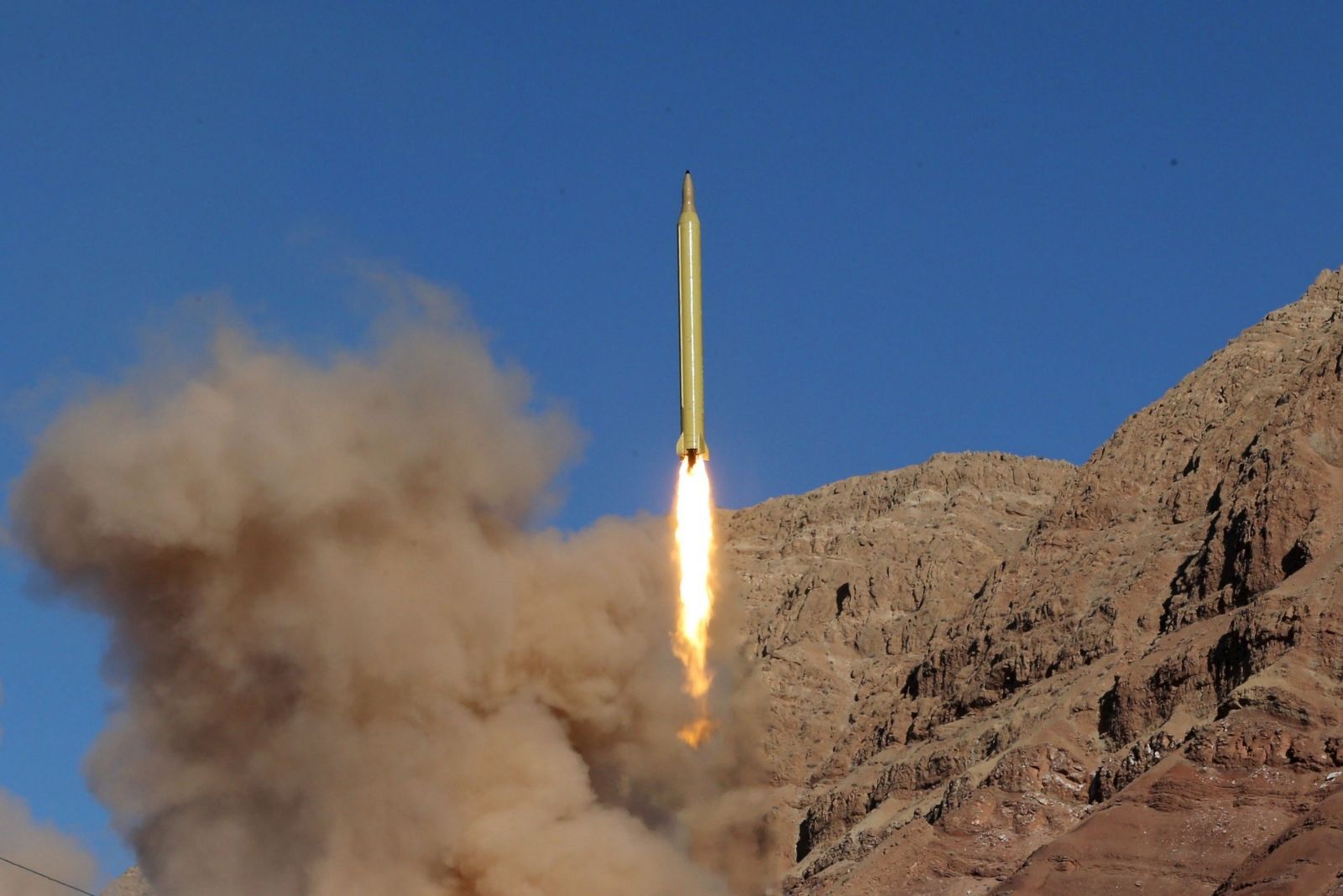Forecast International,
NEWTOWN: The United States has increased its regular investment into defense matters to over $500 billion per year, with hundreds of billions more being spent to support operations in Iraq and Afghanistan. But according to a new United States Military Market Analysis by Forecast International, “The budgetary expansion that has been a hallmark of the Bush presidency is simply unsustainable today, particularly given the U.S. government’s ever-expanding deficit and the extraordinary pressure of a faltering economy.”
A number of government officials wary of a severe downturn have called for the Pentagon’s budget to be locked in at a minimum of 4 percent of GDP, which would essentially fix spending very close to today’s levels, including supplementals. “There is little political will to keep defense appropriations at upwards of $700 billion or more per year, meaning topline spending will gradually decline as the pace of operations in Iraq winds down,” says Shaun McDougall, Forecast International’s North America Military Market Analyst and author of the report.
Future war costs aside, the Pentagon’s budget will steer clear of drastic cuts in the near future, and will be driven by an expanding Army and Marine Corps, recapitalization of war-torn equipment, and continued investment in new weapons systems to hedge against current and future threats, both conventional and irregular in nature. Regrettably, the services are already confronting financial shortfalls that are compelling them to stretch their budgets in order to support the soaring cost of acquisitions. With the times of unconstrained growth behind it, the Pentagon will be required to make a number of exceedingly difficult choices as it attempts to establish a balanced division of resources.
Repairing a defective acquisition system will be vital to the Pentagon’s effort to build an advanced fighting force. “The systems being developed by today’s military are remarkably expensive in their own right, though substandard acquisition practices often lead to unexpected cost growth capable of rendering even the most essential programs unaffordable,” McDougall said.
The effectiveness of the Air Force’s acquisition office in particular has been seriously questioned, as some of the service’s most critical programs remain mired in protests and delays or have been derailed by soaring costs. The most telling of these setbacks is the postponement of the KC-X tanker replacement program, which had been hailed as one of the Air Force’s most complete and open competitions to date. Uncertainties regarding the acquisition of tactical and cargo aircraft only serve to highlight the severity of the dilemma the Air Force must confront.
The Navy, meanwhile, struggles to shore up money to build a fleet of at least 313 ships. While programs like the T-AKE supply ship and Virginia class submarine have proven to be successes, other efforts have brought into doubt the very stability of the Navy’s long-term shipbuilding plan. “The Littoral Combat Ship continues to be a financial nightmare, and the controversial DDG-1000 has taken on the appearance of a botched technology demonstrator rather than the major destroyer program the Navy intended,” according to McDougall. The Navy’s shipbuilding coffers will only be strained further as the Navy ramps up its aircraft investment in the face of a potential fighter gap.
The Army and Marine Corps, though facing great challenges on the ground in Iraq and Afghanistan, are in a fairly strong position when it comes to future spending. Entrenched on the front lines, the Army and Marine Corps maintain a justified claim on their fair share of the budget. Both services are undergoing significant expansion in an effort to offset falling readiness levels, a plan fully endorsed by the president-elect. The Army must still be cautious with the development of its Future Combat Systems, however, which runs the risk of turning into little more than a program of spinout technologies.
In the end, the same pressures that the DoD faces today will serve to limit defense spending growth over the coming years. Sustaining operations in Iraq and Afghanistan, rising operations and personnel costs, and extensive modernization requirements will place extraordinary pressure on Pentagon expenditures. Looming entitlement programs like Social Security, Medicare, and Medicaid only increase this pressure in the outyears.
“When factoring in poor cost estimates and ineffective program management, the ability to support the Pentagon’s weapons portfolio becomes increasingly difficult over the long term,” McDougall states. As the defense base budget flattens, and overall spending declines as supplementals taper off, some tough choices regarding DoD investments are bound to be made.
Forecast International, Inc. is a leading provider of Market Intelligence and Analysis in the areas of aerospace, defense, power systems and military electronics. Based in Newtown, Conn., USA, Forecast International specializes in long-range industry forecasts and market assessments used by strategic planners, marketing professionals, military organizations, and governments worldwide.









